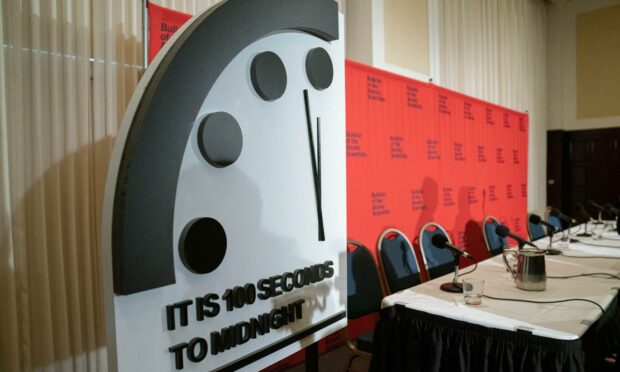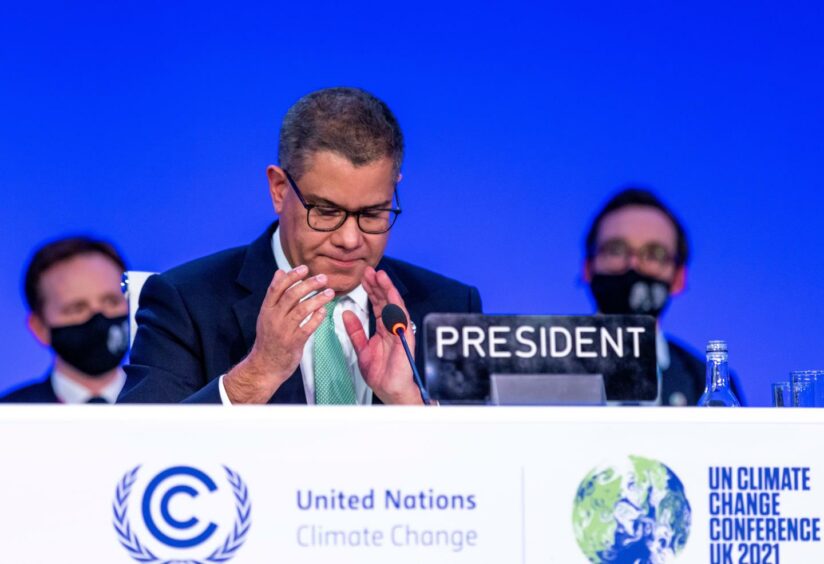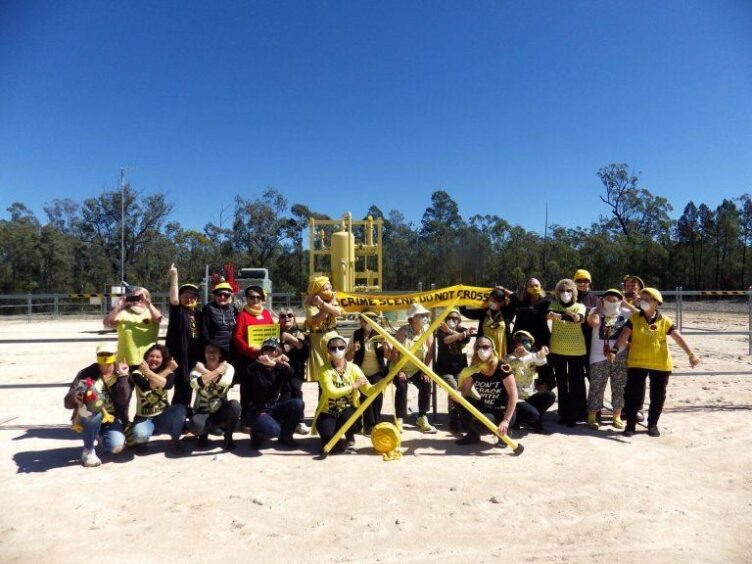Before I started writing this I watched Monty Python’s classic Four Yorkshiremen sketch. You know the one…”we were so poor..”
It’s still funny. What struck me most though, was how not-really-funny it is in today’s context. I can explain.
It seems to me we don’t have it so easy, like older generations said we did. .
Sure, I haven’t lived in a brown paper bag in a septic tank (see ‘we were so poor’…), but in this time of democracy, advanced science, technological wizardry and economic empowerment, we swing between hope and despair.
I wonder what the next generation have to look forward to.
Could not have imagined
I’d been thinking what my granny would have made of climate change, and of COP26. She, who used to say, ‘oh Gilly-girl, the frosts are so fierce this year’ or ‘the drought is too terrible …’
She’d known war, she’d known life before penicillin and the polio vaccine, the Spanish Flu was a fresh memory.
But she could never have imagined a future where we are in danger of actually destroying Earth through human activity in peacetime, where we are racing against time to survive when we should have everything.
100 seconds to midnight
The Doomsday Clock currently has the world at 100 seconds to midnight, as of January 2021.
The Bulletin of Atomic Scientists have been warning of mankind’s threat to Earth’s existence and counting down to midnight since 1947.
With scientific advice from international experts in the likes of climate change and nuclear technology (including 13 Nobel Laureates) the chilling words on its website state “..if humanity is to avoid an existential catastrophe—one that would dwarf anything it has yet seen—national leaders must do a far better job of countering disinformation, heeding science, and cooperating to diminish global risks.”
A global arm wrestle
So much store was set on COP26, although it is essentially an arm wrestle between more than 190 countries about stopping the march of climate change, which involves changing their economies.
It’s what happens next that really counts. It is crucial to limit global heating to the 1.5C deemed essential for the safety of the planet.
It feels like, instead of enough clear policy commitments from powerful nations at COP26, there are more promises to talk about it. Again.
Dire predictions
Research published during COP26 in Glasgow by Climate Action Tracker (CAT), the world’s most respected climate analysis coalition, says the short-term goals set out by countries at COP26 will see global temperatures rise by 2.4C by the end of the century.
With this will come widespread extreme weather – sea-level rises, drought, floods, heatwaves and fiercer storms. It will cause devastation across the globe
It’s depressing. Protests have got angrier; people feel disenfranchised and let down by duplicitous governments.
But, the Knitting Nannas
But then I thought of the Knitting Nannas, and I cheered up.
Do you know about them? It’s a group of grannies, originated in Australia – they have UK members too – who want to preserve Earth for their grandchildren and the generations after them.
“We sit, knit, plot, have a yarn and a cuppa, and bear witness to the war against the greedy, short-sighted corporations…” they say.
They are very effective, sitting knitting in protest where you would expect anger and violence and police lines. It’s simple and effective. You do what you can to make the world a better place.
In this age of shooting the messenger and decrying protestors rather than the issues, these grannies have got past all that.
There seems to be a public perception that political activists and protesters are young, unwashed and unemployed or unemployable, they say.
But anyone can do their bit to contribute, including ordinary older women.
Protest, Knitting Nanna style
The Knitting Nannas set up camp chairs and a table (with a lace tablecloth if possible) at protest sites, and they’ll offer everyone a cup of tea – police, protesters, mine workers, security guards, anyone.
If people look stressed they’ll offer them a granny hug. Knitting lessons even. But they stubbornly stick to their message – save the world for the next generations.
You don’t mess with these grannies.
There’s a young lad I speak to each week, let’s call him Scott.
He’s around 15 years old. We’ve been talking about climate change, and his impression of COP26 and global commitment is that everyone blames everyone else instead of actually doing anything. He’s got a point.
Scotland is not doing so badly
But, you know, Scotland might be small, but we’re doing pretty well in our efforts to save the world for people like Scott.
We’ve set an ambitious, legally binding target of cutting greenhouse gas emissions to net zero by 2045, five years ahead of the UK as a whole.
In terms of doing, not talking, take the example of renewable energy. Renewables produced the equivalent of 97.4% of Scotland’s electricity consumption in 2020, mostly from wind power.
There are reasons to be cheerful
Domestic transport is our highest single contributor of greenhouse gases, accounting for a quarter of our emissions in 2019 – when we produced 12 million metric tons of carbon dioxide equivalent.
The plan is to promote the use of ultra-low emission vehicles (ULEVs) and phase out the need for new petrol and diesel cars and vans by 2032.
So really, I’d rather not be depressed. I’m not quite like the Four Yorkshiremen smugly drinking Château de Chasselas and doing hardship one-upmanship, but there is comfort in knowing ordinary people can make a difference. Maybe I’ll start knitting…












